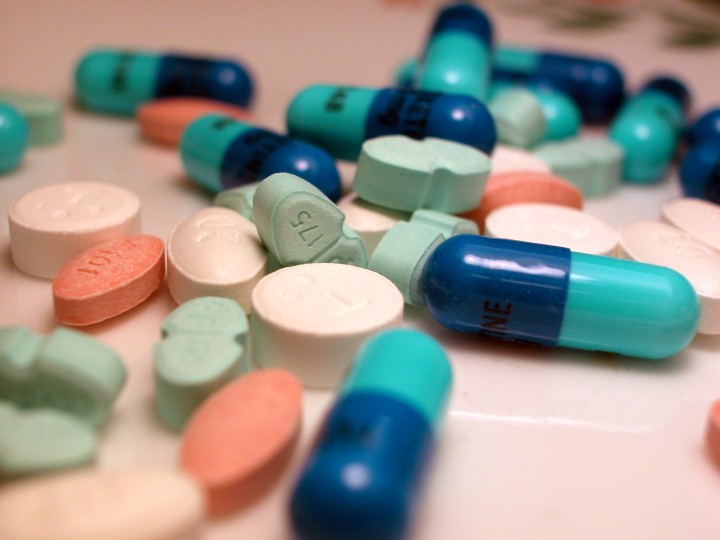TORONTO – A new report says Canadians spent nearly $30 billion on prescription medications in 2013 and another $5 billion on over-the-counter drugs.

The report says, though, that the annual rate of growth in the prescription drug spending figure was one of the lowest in more than two decades.
The Canadian Institute for Health Information says the growth in prescription drug spending went up by only 2.3 per cent last year.
It suggests the slowing of the growth of spending on prescription drugs is due to the fact that expired patents on some commonly used drugs have allowed for cheaper generic versions to come on the market.
The report says government policies aimed at lowering drug prices have also had an effect.
READ MORE: Canada losing out on negotiating lower drug prices, study says
Prescribed drugs made up nearly 14 per cent of total health spending in Canada in 2014.
The top 10 classes of drugs accounted for 34 per cent of all prescription drug spending by public drug programs during 2013.
Public programs spent nearly $500 million on a type of medication called anti-TFN drugs, used for rheumatoid arthritis and Crohn’s disease.
Rounding out the top five drug classes by spending were: statins to lower cholesterol, proton pump inhibitors for gastric reflux, drugs to treat age-related macular degeneration and drugs for obstructive airway conditions such as asthma, emphysema and chronic bronchitis.
READ MORE: Why critics say the EU trade deal will drive up Canada’s drug prices
A small proportion of individuals accounted for a large proportion of drug spending for the public programs, the CIHI report shows.
Just under 13 per cent of people accounted for 60.8 per cent of the drug spending in public programs. The report says public drug programs are spending more on high-cost drugs.
- ‘Shock and disbelief’ after Manitoba school trustee’s Indigenous comments
- Canadian man dies during Texas Ironman event. His widow wants answers as to why
- Several baby products have been recalled by Health Canada. Here’s the list
- ‘Sciatica was gone’: hospital performs robot-assisted spinal surgery in Canadian first



Comments